Explore Year End Offers
Best Manual Cars in India
Manual transmission stands as a testament to the art of driving in the automotive world. Unlike automatic counterparts, manual transmission cars put the driver in direct control of gear changes. This hands-on approach to driving has fascinated enthusiasts for decades, creating a unique and engaging driving experience.
Top 5 Manual Cars In India with Price List
| Model | Price |
|---|---|
| Maruti Alto Tour H1 | ₹ 4 - 4.82 Lakh |
| Maruti Wagon R tour | ₹ 4.99 - 5.89 Lakh |
| Toyota Glanza | ₹ 6.39 - 9.15 Lakh |
| Tata Tiago NRG | ₹ 6.68 - 8.10 Lakh |
| Hyundai i20 | ₹ 6.87 - 10.43 Lakh |
Filters and Sort
₹1L
₹5L
₹1L
₹5Cr
Up to 5 Lakh
5-10 Lakh
10–20 Lakh
20–30 Lakh
Above 30 Lakh
Automatic
Manual
91 Manual Cars

Maruti Alto Tour H1
4 - 4.82 Lakh
5+ variants

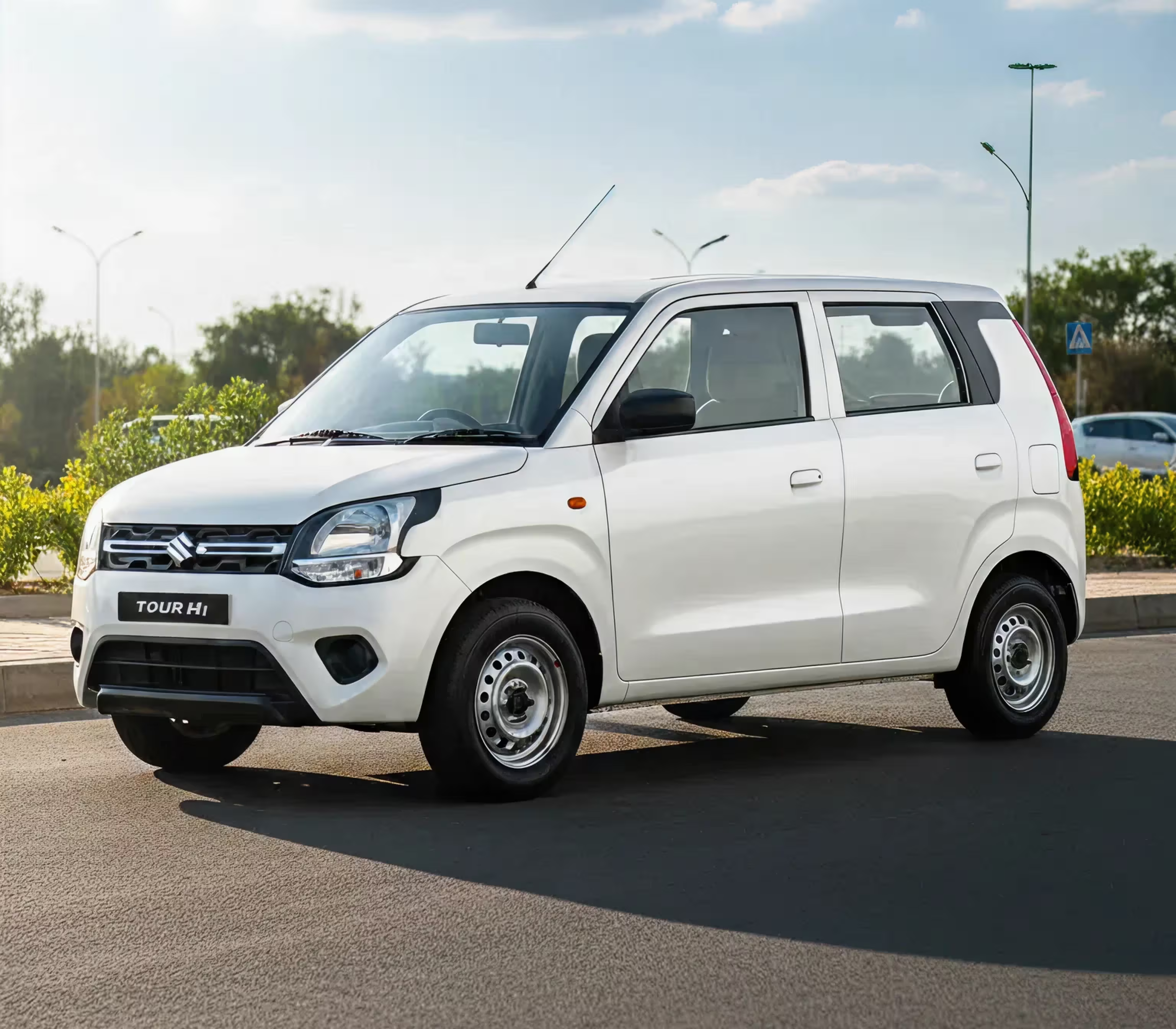
Maruti Wagon R tour
4.2
(66 reviews)
4.99 - 5.89 Lakh
5+ variants


Toyota Glanza
4.4
(274 reviews)
6.39 - 9.15 Lakh
5+ variants

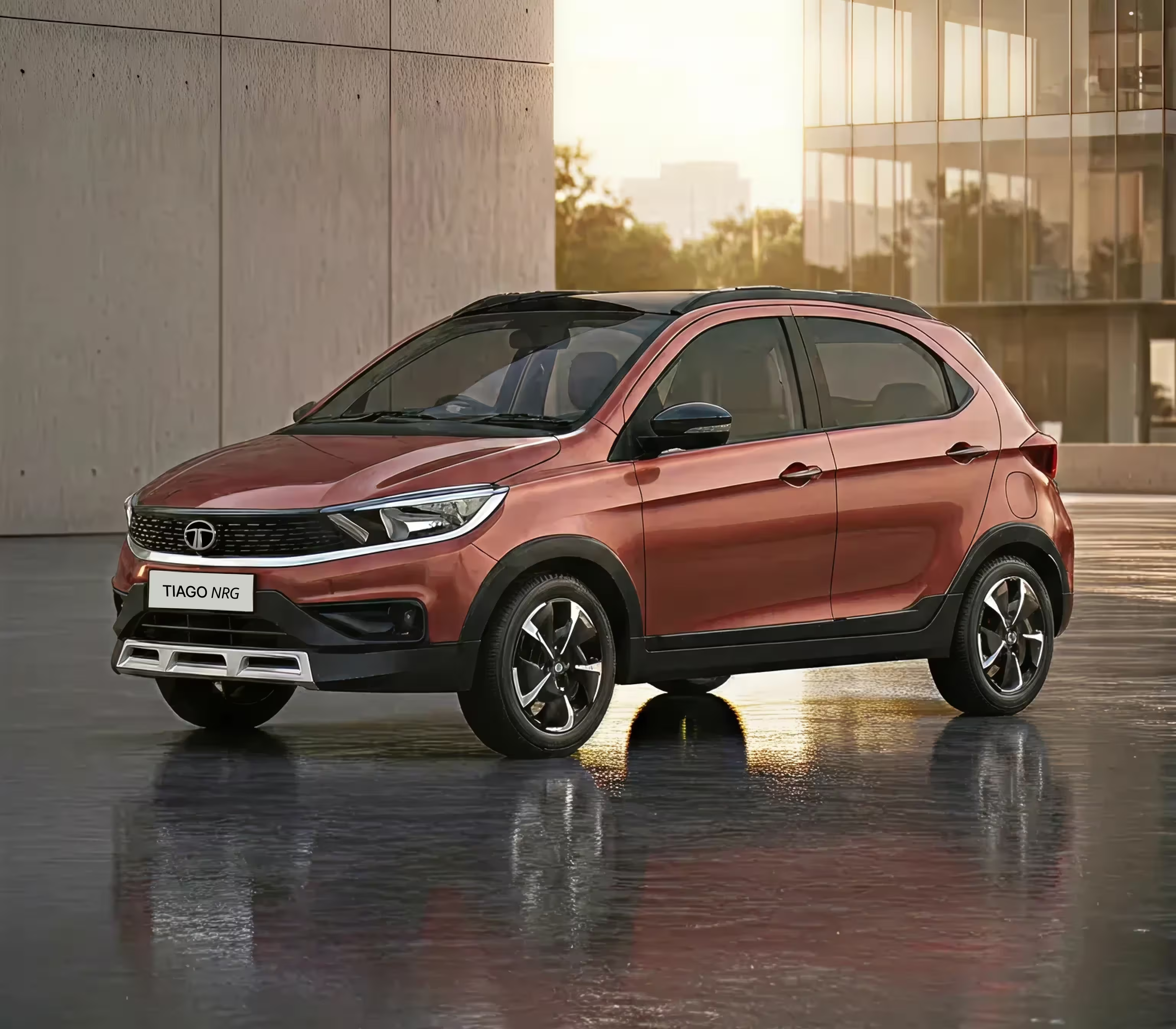
Tata Tiago NRG
4.2
(108 reviews)
6.68 - 8.10 Lakh
5+ variants


Hyundai i20
4.5
(156 reviews)
6.87 - 10.43 Lakh
5+ variants


Honda Amaze
4.5
(96 reviews)
7.41 - 10 Lakh
5+ variants


Mahindra Bolero
4.4
(353 reviews)
7.99 - 9.69 Lakh
5+ variants


Maruti Brezza
4.5
(803 reviews)
8.26 - 13.01 Lakh
5+ variants


Mahindra Bolero Neo
4.5
(236 reviews)
8.49 - 10.49 Lakh
5+ variants


Maruti Ertiga
4.5
(819 reviews)
8.80 - 12.94 Lakh
5+ variants


Maruti Ciaz
4.5
(743 reviews)
9.09 - 11.89 Lakh
5+ variants


Hyundai i20 N-Line
4.4
(26 reviews)
9.14 - 11.60 Lakh
5+ variants


Maruti Ertiga Tour
4.5
(54 reviews)
9.68 - 10.59 Lakh
5+ variants


Toyota Rumion
4.6
(268 reviews)
10.44 - 13.62 Lakh
5+ variants


Hyundai Venue N Line
10.55 - 15.48 Lakh
5+ variants

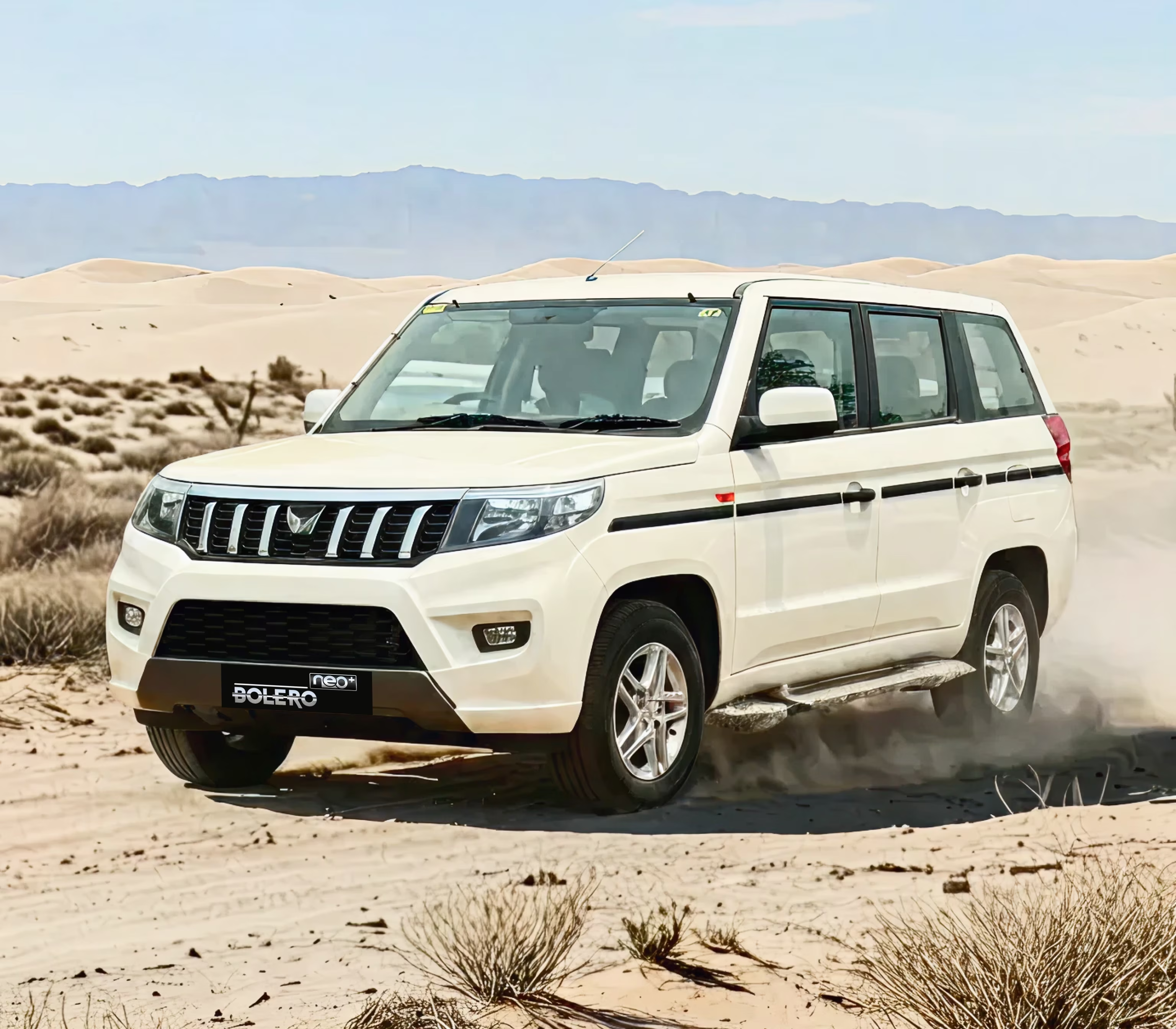
Mahindra Bolero Neo Plus
4.5
(46 reviews)
10.77 - 11.80 Lakh
5+ variants


Maruti XL6
4.4
(298 reviews)
11.52 - 14.48 Lakh
5+ variants


Maruti Jimny
4.5
(403 reviews)
12.31 - 14.45 Lakh
5+ variants


Mahindra Scorpio
4.7
(1.1K reviews)
12.98 - 16.70 Lakh
5+ variants


Toyota Fortuner
4.5
(694 reviews)
33.65 - 48.85 Lakh
5+ variants

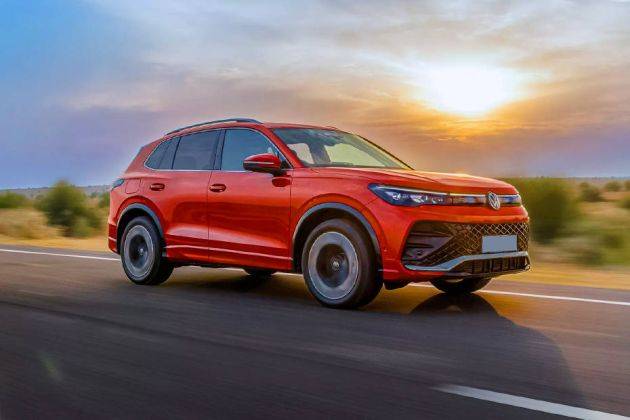
Volkswagen Tiguan 2025
4.5
(2 reviews)
45.73 Lakh
5+ variants

1
2
3
4
5
Explore new cars by your preferences
By Budget
By Body Type
By Fuel Type
By Transmission
By Seating Capacity
Explore Car by Body Types
SUV
Hatchback
Sedan
MUV
Coupe

Hyundai Exter
4.7
(1551 reviews)
₹5.49 - 9.61 Lakh
28+ variants


Tata Punch
4.7
(5501 reviews)
₹5.50 - 9.30 Lakh
59+ variants


Nissan Magnite
4.6
(699 reviews)
₹5.62 - 10.76 Lakh
1+ variants

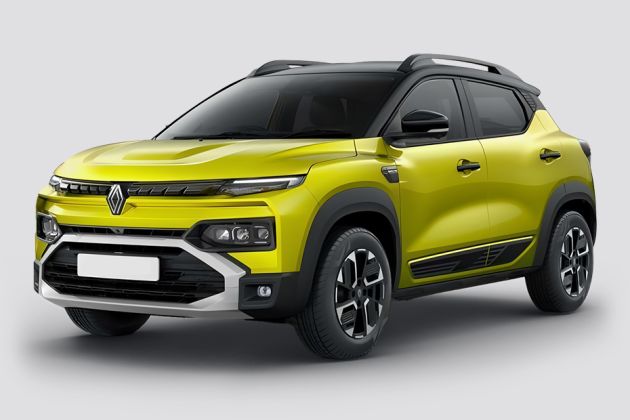
Renault Kiger
5
(5 reviews)
₹5.76 - 10.34 Lakh
1+ variants


Maruti FRONX
4.8
(2977 reviews)
₹6.85 - 11.98 Lakh
16+ variants


Toyota Taisor
4.8
(39 reviews)
₹7.21 - 12.06 Lakh
12+ variants


Mahindra XUV 3XO
4.7
(1489 reviews)
₹7.28 - 14.40 Lakh
25+ variants


Kia Sonet
4.7
(2167 reviews)
₹7.30 - 14 Lakh
30+ variants


Tata Nexon
4.7
(6516 reviews)
₹7.32 - 14.15 Lakh
135+ variants


Skoda Kylaq
4.8
(312 reviews)
₹7.55 - 12.80 Lakh
12+ variants


Maruti S-Presso
4.6
(764 reviews)
₹3.50 - 5.25 Lakh
9+ variants


Maruti Alto K10
4.7
(2147 reviews)
₹3.70 - 5.45 Lakh
9+ variants


Maruti Alto Tour H1
5
(18 reviews)
₹4 - 4.82 Lakh
2+ variants


Renault KWID
4.5
(1810 reviews)
₹4.30 - 5.99 Lakh
16+ variants


Strom Motors R3
3
(1 reviews)
₹4.50 Lakh
1+ variants


Tata Tiago
4.6
(2816 reviews)
₹4.57 - 7.82 Lakh
24+ variants


Maruti Celerio
4.6
(1723 reviews)
₹4.70 - 6.73 Lakh
9+ variants


PMV EaS E
5
(1 reviews)
₹4.79 Lakh
1+ variants


Citroen C3
4.6
(208 reviews)
₹4.80 - 10.21 Lakh
14+ variants


Maruti Wagon R
4.7
(6238 reviews)
₹4.99 - 6.95 Lakh
12+ variants


Tata Tigor
4.6
(1343 reviews)
₹5.49 - 8.74 Lakh
13+ variants


Hyundai Aura
4.7
(1723 reviews)
₹5.98 - 8.42 Lakh
7+ variants


Honda Amaze 2nd Gen
4.7
(2993 reviews)
₹5.99 - 7.80 Lakh
3+ variants


Maruti Dzire
4.7
(782 reviews)
₹6.26 - 9.31 Lakh
1+ variants


Maruti Ciaz
4.7
(1289 reviews)
₹9.09 - 11.89 Lakh
7+ variants

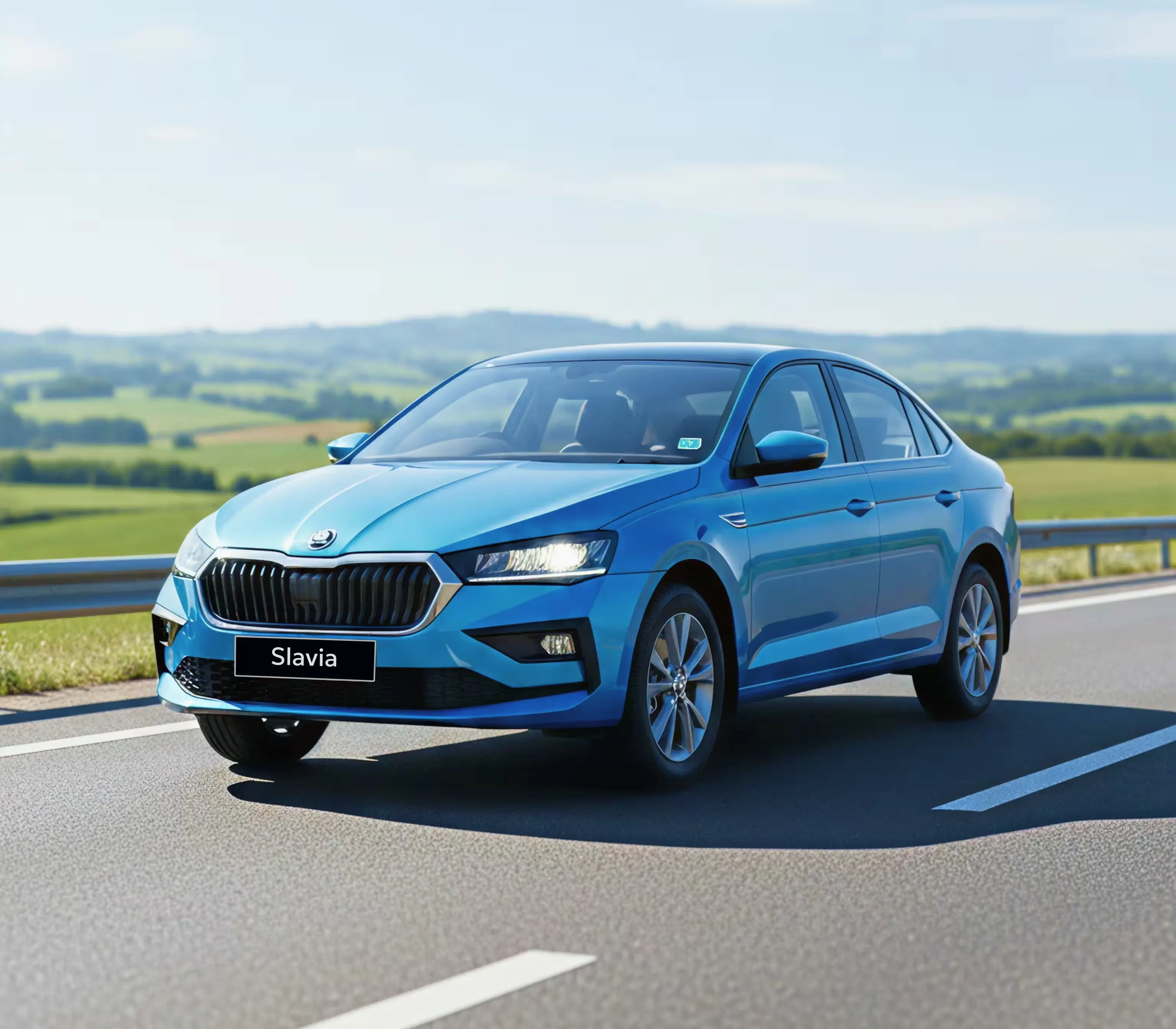
Skoda Slavia
4.8
(723 reviews)
₹10 - 17.70 Lakh
36+ variants


Hyundai Verna
4.8
(2230 reviews)
₹10.69 - 16.98 Lakh
14+ variants


Volkswagen Virtus
4.8
(999 reviews)
₹11.20 - 18.78 Lakh
20+ variants


Honda City
4.8
(3354 reviews)
₹11.95 - 16.07 Lakh
9+ variants


Tata Tigor EV
4.7
(37 reviews)
₹12.49 - 13.75 Lakh
4+ variants


Maruti Ertiga
4.7
(4509 reviews)
₹8.80 - 12.94 Lakh
9+ variants


Maruti Ertiga Tour
4.8
(54 reviews)
₹9.68 - 10.59 Lakh
2+ variants


Toyota Rumion
4.8
(158 reviews)
₹10.44 - 13.62 Lakh
7+ variants


Kia Carens
4.7
(1649 reviews)
₹10.99 - 12.77 Lakh
40+ variants


Maruti XL6
4.7
(1490 reviews)
₹11.52 - 14.48 Lakh
9+ variants


MG Windsor EV
4.8
(276 reviews)
₹12.65 - 18.39 Lakh
3+ variants


Mahindra Marazzo
₹14.06 - 16.38 Lakh
20+ variants


Kia Carens EV
4.8
(63 reviews)
₹17.99 - 24.49 Lakh
1+ variants


Toyota Innova Hycross
4.8
(719 reviews)
₹18.16 - 30.83 Lakh
12+ variants


Toyota Innova Crysta
4.8
(1072 reviews)
₹18.66 - 25.27 Lakh
9+ variants


BMW 2 Series Gran Coupe
₹45.30 - 47.20 Lakh
1+ variants


BMW 3 Series Long Wheelbase
4.6
(6 reviews)
₹60.50 - 61.80 Lakh
5+ variants


Audi S5 Sportback
₹73.57 - 80.50 Lakh
2+ variants


BMW M2
5
(3 reviews)
₹1 Cr
2+ variants


Mercedes-Benz AMG CLE 53
₹1.28 Cr
1+ variants

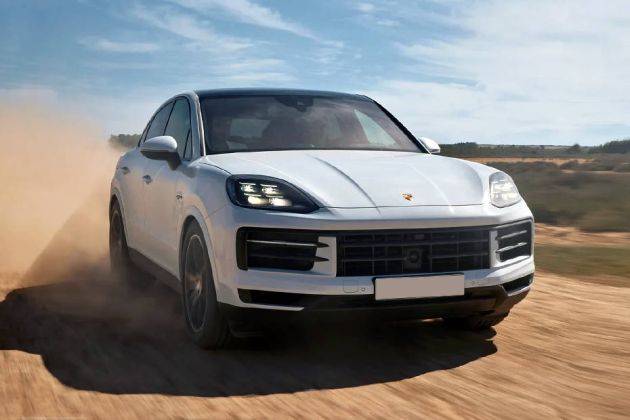
Porsche Cayenne Coupe
5
(3 reviews)
₹1.44 - 1.95 Cr
2+ variants


BMW M4 Competition
₹1.52 Cr
1+ variants


Porsche Panamera
₹1.71 - 2.33 Cr
2+ variants


Audi e-tron GT
₹1.72 Cr
1+ variants


Mercedes-Benz AMG GLE 53
₹1.88 Cr
2+ variants

Explore Car by Budget
Upto 5 lakhs
5-10 lakhs
10-20 lakhs
20-30 lakhs
30+ lakhs

Renault KWID
4.5
(1810 reviews)
₹4.30 - 5.99 Lakh
16+ variants


Tata Tiago
4.6
(2816 reviews)
₹4.57 - 7.82 Lakh
24+ variants


Maruti Wagon R
4.7
(6243 reviews)
₹4.99 - 6.95 Lakh
12+ variants


Maruti Celerio
4.6
(1723 reviews)
₹4.70 - 6.73 Lakh
9+ variants


Maruti S-Presso
4.6
(764 reviews)
₹3.50 - 5.25 Lakh
9+ variants


Maruti Alto K10
4.7
(2147 reviews)
₹3.70 - 5.45 Lakh
9+ variants


Citroen C3
4.6
(208 reviews)
₹4.80 - 10.21 Lakh
14+ variants


PMV EaS E
5
(1 reviews)
₹4.79 Lakh
1+ variants


Strom Motors R3
3
(1 reviews)
₹4.50 Lakh
1+ variants


Maruti Wagon R tour
4.9
(34 reviews)
₹4.99 - 5.89 Lakh
2+ variants


Honda Amaze 2nd Gen
4.7
(2993 reviews)
₹5.99 - 7.80 Lakh
20+ variants


Hyundai Grand i10 Nios
4.7
(1883 reviews)
₹5.47 - 7.92 Lakh
20+ variants


Hyundai i20
4.7
(3682 reviews)
₹6.87 - 10.43 Lakh
15+ variants


Mahindra Bolero
4.7
(1069 reviews)
₹7.99 - 9.69 Lakh
3+ variants


Tata Nexon
4.7
(6516 reviews)
₹7.32 - 14.15 Lakh
143+ variants


Tata Tiago NRG
4.6
(222 reviews)
₹6.68 - 8.10 Lakh
6+ variants


Tata Tigor
4.6
(1343 reviews)
₹5.49 - 8.74 Lakh
18+ variants


Toyota Glanza
4.7
(1205 reviews)
₹6.39 - 9.15 Lakh
9+ variants


Hyundai Aura
4.7
(1723 reviews)
₹5.98 - 8.42 Lakh
10+ variants


Tata Yodha Pickup
4.6
(22 reviews)
₹6.95 - 7.50 Lakh
4+ variants


Force Gurkha
5
(11 reviews)
₹15.95 Lakh
1+ variants


Honda City
4.8
(3354 reviews)
₹11.95 - 16.07 Lakh
20+ variants


Hyundai Verna
4.8
(2230 reviews)
₹10.69 - 16.98 Lakh
17+ variants

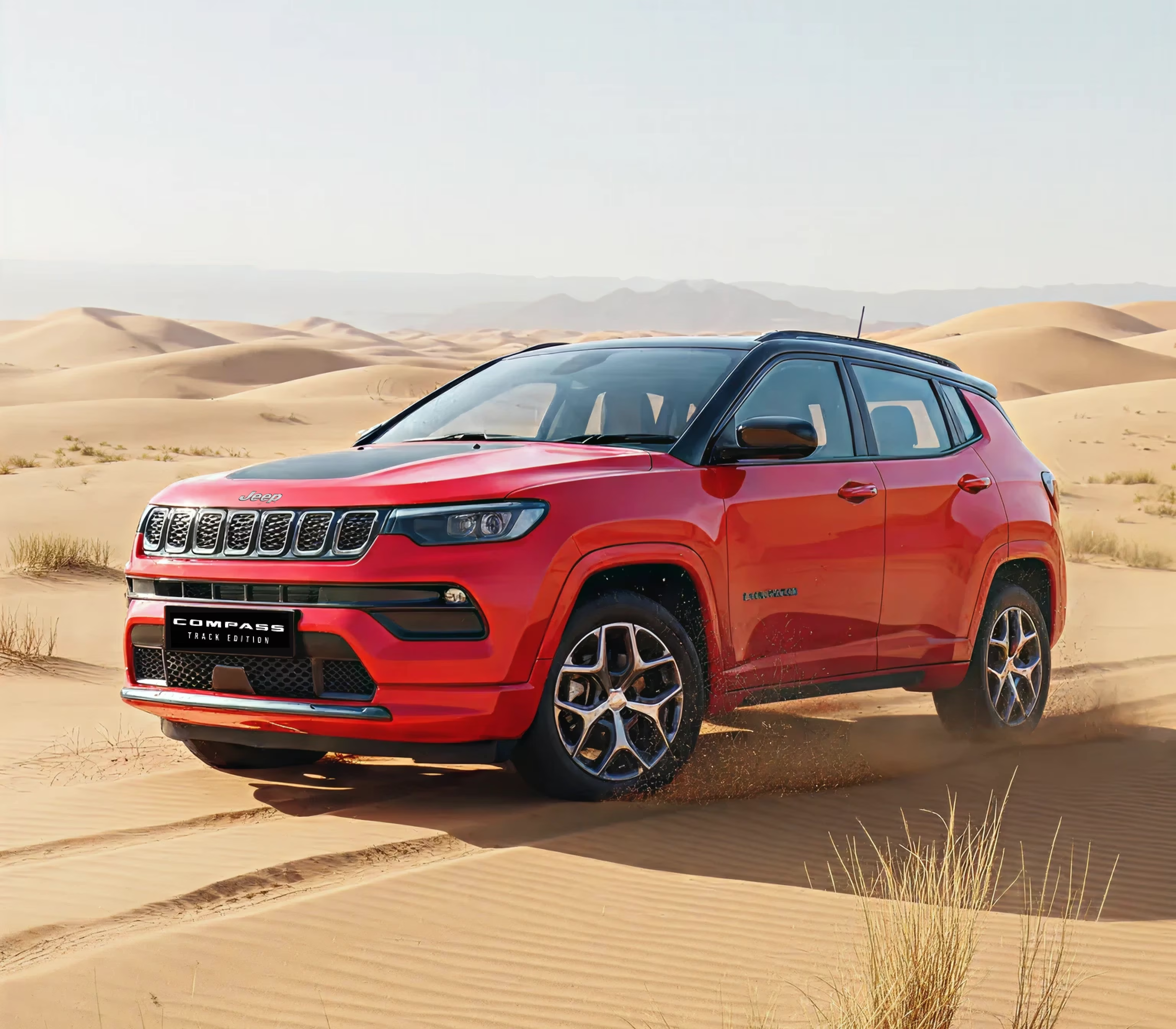
Jeep Compass
4.7
(438 reviews)
₹17.73 - 30.50 Lakh
23+ variants


MG Hector
4.7
(970 reviews)
₹11.99 - 18.99 Lakh
38+ variants


Isuzu D-Max
4.6
(6 reviews)
₹11.20 - 11.98 Lakh
6+ variants


Kia Seltos
4.7
(3902 reviews)
₹10.79 - 19.81 Lakh
45+ variants


Mahindra Marazzo
₹14.06 - 16.38 Lakh
20+ variants

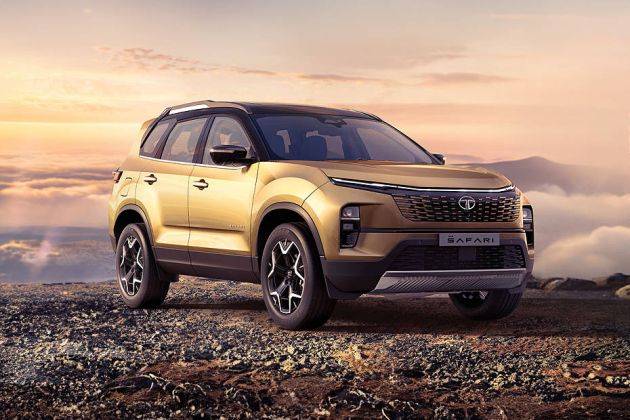
Tata Safari
4.8
(941 reviews)
₹14.66 - 25.96 Lakh
32+ variants


Tata Tigor EV
4.7
(37 reviews)
₹12.49 - 13.75 Lakh
4+ variants


Toyota Hilux
4.8
(50 reviews)
₹28.02 - 35.37 Lakh
4+ variants

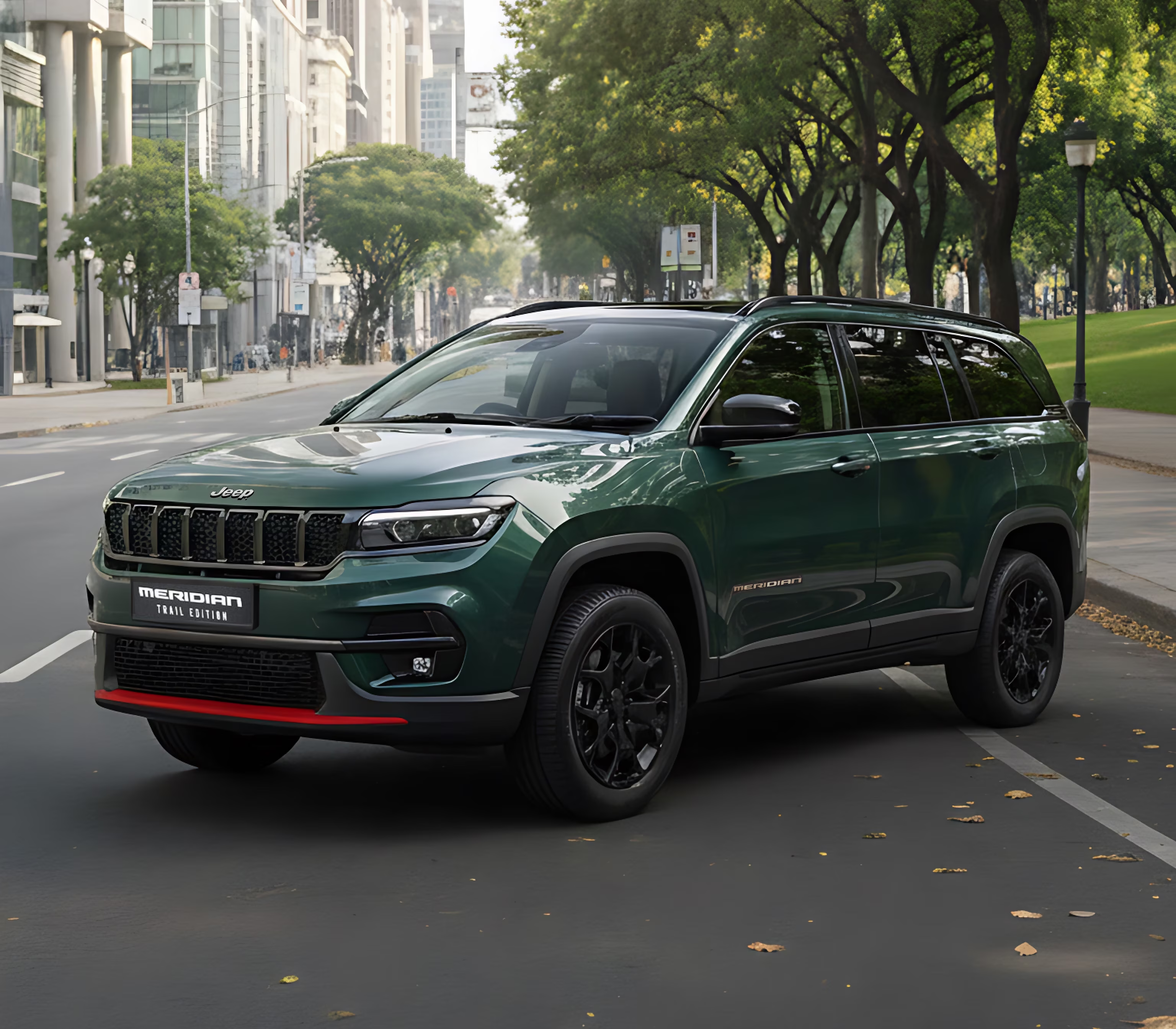
Jeep Meridian
4.7
(76 reviews)
₹23.33 - 36.21 Lakh
19+ variants


BYD Atto 3
4.8
(31 reviews)
₹24.99 - 33.99 Lakh
5+ variants


Maruti Invicto
4.8
(95 reviews)
₹24.97 - 28.61 Lakh
3+ variants


Isuzu Hi-Lander
₹20.35 Lakh
1+ variants


Isuzu V-Cross
4.8
(17 reviews)
₹24.27 - 29.37 Lakh
4+ variants


Tata Harrier EV
4.6
(30 reviews)
₹21.49 - 30.23 Lakh
1+ variants


Force Urbania
4.9
(15 reviews)
₹26.34 - 31.83 Lakh
8+ variants


BYD eMAX 7
5
(7 reviews)
₹26.90 - 29.90 Lakh
6+ variants


Mahindra XEV 9e
4.9
(111 reviews)
₹21.90 - 31.25 Lakh
8+ variants


Rolls-Royce Cullinan
5
(2 reviews)
₹9.75 Cr
1+ variants


Rolls-Royce Ghost
5
(5 reviews)
₹8.5 - 9.75 Cr
4+ variants


Rolls-Royce Phantom
5
(2 reviews)
₹12 - 14 Cr
2+ variants


Audi A4
4.8
(94 reviews)
₹46.25 - 55.11 Lakh
3+ variants


Audi A6
4.8
(67 reviews)
₹63.74 - 69.89 Lakh
3+ variants


Audi Q3
4.8
(111 reviews)
₹43.07 - 52.98 Lakh
4+ variants


Audi Q5
4.8
(39 reviews)
₹64.74 - 69.86 Lakh
4+ variants


BMW M2
5
(3 reviews)
₹1 Cr
2+ variants


BMW X1
4.7
(127 reviews)
₹50.60 - 52.20 Lakh
3+ variants


BMW X5
4.8
(35 reviews)
₹93.70 Lakh - 1.05 Cr
4+ variants

Compare Cars

Maruti Baleno
₹5.99 - 9.10 Lakh

Hyundai i20
₹6.87 - 10.43 Lakh

Tata Nexon EV
₹12.49 - 17.49 Lakh

Maruti Brezza
₹8.26 - 13.01 Lakh

Hyundai Creta
₹10.73 - 20.20 Lakh

Kia Seltos
₹10.79 - 19.81 Lakh

Skoda Kushaq
₹10.61 - 18.43 Lakh

Volkswagen Taigun
₹11.42 - 19.19 Lakh

MG Hector
₹11.99 - 18.99 Lakh

MG ZS EV
₹17.99 - 20.50 Lakh

Volkswagen Virtus
₹11.20 - 18.78 Lakh

Tata Tigor EV
₹12.49 - 13.75 Lakh

Explore by top brands

Maruti
Hyundai
Tata
Mahindra
Kia
Toyota

Renault

Honda

Volkswagen

MG

Jaguar

Jeep

Isuzu

Lamborghini

Land Rover

Lexus

Force

Ferrari

Maserati
Mercedes-Benz

Aston Martin

Mini

Citroen

Porsche

Rolls-Royce

Skoda

Nissan

Tesla

BMW

Bentley

Volvo

PMV

Strom Motors

Pravaig

Lotus

Audi

Mclaren

BYD

Bajaj

Vinfast
View all brands

POPULAR CARS
Why Choose Manual Transmission Cars?
Better Fuel Efficiency: Manual transmission cars are known for their efficiency, especially in terms of fuel consumption. Skilled manual drivers can optimize gear changes based on driving conditions, potentially improving fuel efficiency compared to automatic counterparts.
Lower Upfront Cost: One of the practical aspects of manual transmission cars is their lower upfront cost. Best manual cars in India are generally more affordable than their automatic counterparts, making them an attractive option for budget-conscious buyers.
The Joy of Control: Shifting gears manually provides a sense of control and engagement that automatic transmissions often lack. It's a symbiotic relationship between driver and vehicle that goes beyond mere transportation.
Types of Manual Transmission Cars In India
Synchronized Manual Transmission: This is the most common type, featuring synchronizers that match the speed of the gears, allowing for smooth and seamless shifts.
Non-Synchronized Manual Transmission: Historically found in older vehicles, these transmissions lack synchronizers, requiring the driver to match the speed of gears manually during shifts.
Automated Manual Transmission (AMT): Blending manual control with automation, AMTs provide the convenience of automatic transmissions with the option for manual gear changes.
What Are The Benefits of Manual Transmission Cars?
Enhanced Driving Experience
Manual transmissions offer a level of engagement that automatics can't replicate. Shifting gears manually gives the driver a more direct connection to the car and the road, heightening the overall driving experience.
Greater Control in Challenging Conditions
In situations like snow, mud, or steep inclines, manual transmissions allow drivers to have precise control over the power delivery to the wheels, often proving advantageous in challenging driving conditions.
Mechanical Simplicity
Majority of the new cars with manual transmissions are mechanically simpler than automatics, which can result in lower maintenance costs and potentially longer-lasting components.
Factors to Consider When Buying Best Manual Cars In India
Skill Level: One of the first considerations is the driver's skill level. While learning to drive a manual can be a bit challenging initially, many drivers find the skill rewarding and even enjoyable.
Traffic Conditions: In heavy traffic, constant shifting in a manual car can become tiresome. Those who frequently encounter stop-and-go traffic may find an automatic transmission more convenient.
Resale Value: The resale value of manual cars can vary. Some enthusiasts prefer manuals, which can positively impact resale value, but the broader market often leans towards automatic transmissions.
Why Do People Prefer Manual Cars Over Automatic Cars?
Enthusiast Appeal: Car enthusiasts are drawn to manual transmissions for the sheer joy of driving. The ability to control every gear change allows for a more dynamic and connected driving experience.
Perceived Control: Some drivers appreciate the perceived control that manual transmissions offer, especially in performance driving scenarios. The ability to downshift and upshift at precise moments provides a sense of mastery. Fuel Efficiency Consciousness: For those focused on fuel efficiency, manual transmissions allow drivers to optimize their driving style to achieve better miles per gallon, especially on highways.
Maintenance and Care for Manual Transmissions
Regular Clutch Maintenance: The clutch is a critical component of manual transmissions. Regularly checking and maintaining the clutch system, including the clutch fluid and adjusting the clutch pedal, is essential for smooth operation.
Transmission Fluid Checks: Regularly checking and changing transmission fluid is crucial for the longevity of a manual transmission. Clean and proper levels of transmission fluid ensure smooth gear changes and prevent premature wear.
Proper Shifting Techniques: Educating drivers on proper shifting techniques, such as rev-matching and avoiding unnecessary aggressive shifts, can significantly extend the life of a manual transmission.
Future of Manual Transmissions
The future of new cars with manual transmissions appears uncertain as automatic transmissions become more advanced and widespread. Many automakers are shifting their focus towards electric vehicles and semi-autonomous driving technologies, sidelining manual transmissions in favor of automatic or continuously variable transmissions.
In conclusion, manual transmissions represent more than a mode of transportation; they embody a connection between driver and machine. Despite technological advancements, the allure of manual transmissions persists, driven by a community of enthusiasts who appreciate the artistry of driving. Whether it's the joy of control, better fuel efficiency, or simply the thrill of shifting gears, manual transmissions continue to hold a special place in the hearts of drivers around the world.
Find the Best Cars by Type, Budget & Features
Explore Cars by Seating Capacity
Best 5 Seater Cars | Best 6 Seater Cars | Best 7 Seater Cars
Explore Cars by Body Type
Best Sedan Cars in India | Best Hatchback Cars in India | Best SUV Cars in India | Best MUV Cars in India | Best Luxury Cars in India
Explore Cars by Price Range
Cars Under 5 Lakhs | Cars Under 10 Lakhs | Cars Under 20 Lakhs | Cars Under 30 Lakhs
Explore Cars by Fuel Choice
Best Petrol Cars | Best Diesel Cars | Best CNG Cars | Best Electric Cars
Transmission-Based Car Categories
Top Best Manual Cars in India
FAQs
What is manual car?
Is manual car better than automatic?
What is the advantage of a manual transmission car?
What are the disadvantages of manual transmission cars?
Manual cars, while offering a more engaging driving experience for enthusiasts, have drawbacks.
- They demand greater attention in heavy traffic, as constant gear shifting can be cumbersome.
- Learning to drive a manual requires a steeper learning curve for some, potentially leading to stalling and difficulty on hills.
- Manual car may not be suitable for individuals with physical limitations or disabilities.
What is the future of manual cars in India?
Why are manual cars more common in India?
Several factors contribute to the prevalence of manual cars in India.
- Manual transmissions are generally more affordable than automatic ones, making them more accessible to a large segment of the population.
- Manual cars tend to have better fuel efficiency, which is crucial in a country where fuel economy is a key consideration.
- Manual transmissions offer better control, which can be advantageous in diverse driving conditions found in India.
- Cultural preferences and the longstanding popularity of manual cars also play a role in their continued prominence in the Indian automotive market.






